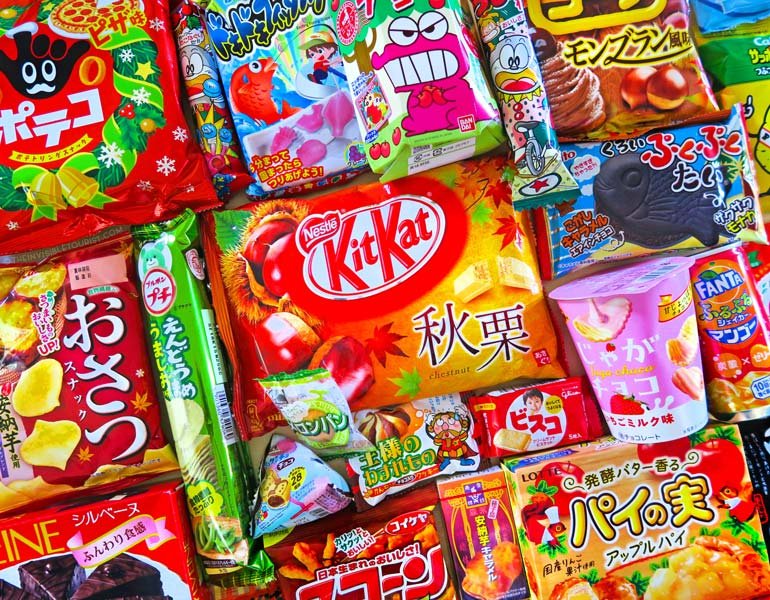The Origins and Cultural Significance of Fuji Snacks
Fuji snacks, deeply rooted in the traditional culinary practices of the Fuji region, embody the essence of local heritage and gastronomy. These delightful treats trace back centuries, originating from the fertile lands and bountiful resources that characterize the region. The history of Fuji snacks is closely intertwined with the area’s agricultural practices, which have remained largely unchanged over generations, ensuring that the snacks retain their authentic flavors and textures.
Unique ingredients such as locally grown sweet potatoes, rice, and chestnuts form the cornerstone of Fuji snacks, giving them a distinct identity. Traditional preparation methods, often passed down through families, involve meticulous processes that highlight the craftsmanship and dedication of the local people. Techniques such as slow roasting, fermenting, and hand-molding are common, each contributing to the intricate flavors and textures that define these snacks.
Fuji snacks are much more than mere culinary delights; they hold significant cultural symbolism and are integral to various social and communal activities. During local festivals, such as the annual Fuji Matsuri, these snacks are prominently featured, serving as both sustenance and symbols of celebration. Family gatherings and daily meals often include these treats, reinforcing a sense of unity and continuity within the community.
The stories and traditions associated with Fuji snacks further enrich their cultural significance. For instance, it is said that certain snacks were originally created as offerings to deities, intended to ensure a bountiful harvest or to celebrate important milestones. These narratives, passed down through generations, add a layer of historical depth and reverence to the consumption of Fuji snacks.
In essence, the origins and cultural significance of Fuji snacks are a testament to the region’s rich heritage. By appreciating the unique ingredients, traditional preparation methods, and the cultural stories that surround these snacks, one gains a deeper understanding of their importance in the daily lives and celebrations of the Fuji people.
Modern Innovations and Popular Varieties of Fuji Snacks
In the evolving culinary landscape, Fuji snacks have undergone a significant transformation, seamlessly blending tradition with modernity. Contemporary adaptations have breathed new life into time-honored recipes, making them more appealing to today’s diverse palates and dietary preferences. This evolution is evident in the wide array of fusion recipes that combine traditional Fuji flavors with global culinary trends, resulting in unique and delightful snack options.
One notable example of this fusion is the incorporation of traditional Fuji ingredients like mochi and matcha into Western-style desserts. Mochi ice cream, a popular treat, encapsulates creamy ice cream within a chewy, sweet rice dough, offering a delightful contrast in textures and flavors. Similarly, matcha, a finely ground powder of specially grown and processed green tea leaves, has found its way into a variety of snacks, from matcha-flavored chocolates to matcha-infused cookies and cakes. These innovations not only preserve the essence of Fuji snacks but also introduce them to a broader audience.
Another trend is the focus on health-conscious adaptations. With an increasing number of consumers seeking healthier snack options, many Fuji snacks are now available in gluten-free, vegan, and low-sugar variations. For instance, rice crackers, a staple in Fuji snack culture, are now often made with brown rice or other grains to enhance their nutritional value. Similarly, seaweed snacks have gained popularity for their low-calorie and nutrient-dense profiles, making them a favorite among health enthusiasts.
Several prominent brands have capitalized on the enduring appeal of Fuji snacks, ensuring their availability both locally and internationally. Brands like Calbee, known for their innovative potato chips and rice crackers, and Meiji, famous for their chocolate-covered almonds and Pocky sticks, have made significant inroads in global markets. These brands, along with many others, are readily available in Asian supermarkets, specialty stores, and online platforms, making it easier than ever to enjoy the diverse flavors of Fuji snacks.
The versatility and adaptability of Fuji snacks underscore their lasting appeal in today’s food culture. By skillfully merging traditional elements with contemporary innovations, these snacks continue to captivate the taste buds of both long-time enthusiasts and new admirers alike.


